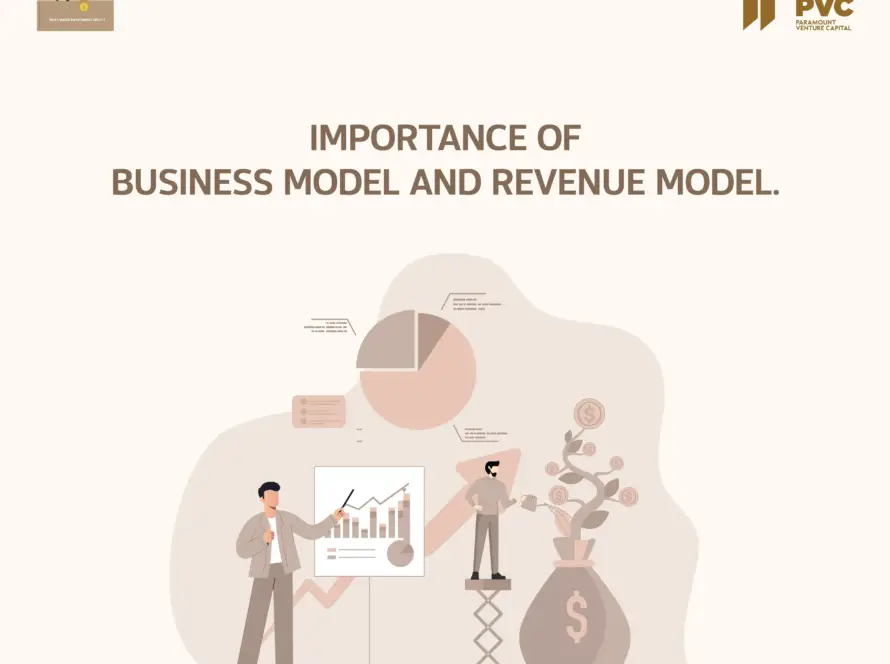As we continue our comprehensive series on business valuation methodologies, this week we’re diving into the final method: the Cost Approach.
The Cost Approach is based on the idea that a potential investor would not pay more for a business than it would cost to create a similar one from scratch. This method is particularly useful when the business has a significant amount of tangible assets. Here’s a quick breakdown:
- 𝐀𝐬𝐬𝐞𝐭 𝐀𝐜𝐜𝐮𝐦𝐮𝐥𝐚𝐭𝐢𝐨𝐧 𝐌𝐞𝐭𝐡𝐨𝐝: This involves identifying and valuing all the business’s assets and liabilities. The value of the business is then determined by subtracting the total liabilities from the total assets.
- 𝐑𝐞𝐩𝐥𝐚𝐜𝐞𝐦𝐞𝐧𝐭 𝐂𝐨𝐬𝐭 𝐌𝐞𝐭𝐡𝐨𝐝: This involves estimating how much it would cost to replace the business’s assets in their current condition. This can give you an idea of how much your business might be worth if it were to be recreated today.
- 𝐔𝐧𝐝𝐞𝐫𝐬𝐭𝐚𝐧𝐝𝐢𝐧𝐠 𝐌𝐚𝐫𝐤𝐞𝐭 𝐂𝐨𝐧𝐝𝐢𝐭𝐢𝐨𝐧𝐬: Just like with the Market Approach, market conditions can significantly impact business valuations. Factors such as economic trends, industry growth rates, and investor sentiment can all influence the cost of assets and liabilities.
A prime example of a company that might use the Cost Approach is a manufacturing company with significant tangible assets, such as machinery and inventory.
Remember, the Cost Approach is just one method of valuation. It’s important to consider all methods and use the one that is most appropriate for your specific business and situation.
Stay tuned for next week when we will wrap up our series and discuss how to choose the right valuation method for your business!



